|
Archival film of asylums appears to be rare, but Cane Hill bucks the trend and has been the subject of several films. These range from news-reel exposés and documentary footage through to amateur video taken by employees and the illicit digital movies shot by urban explorers. 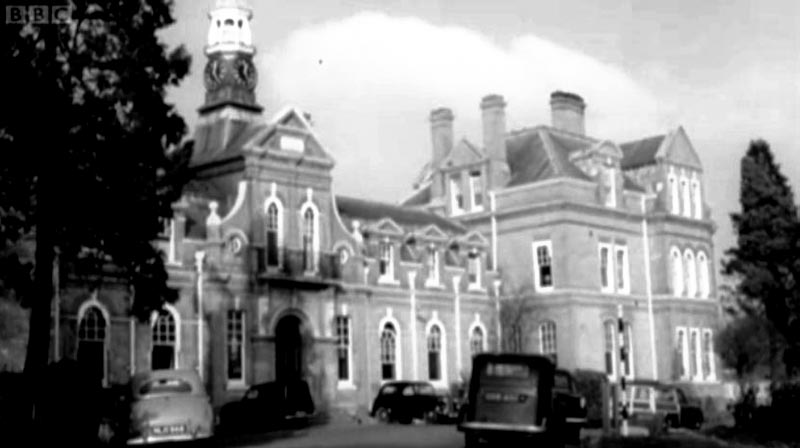
The lunacy laws were causing concern in the 1950s with joint campaigning by Labour and Conservative MPs for their review. The story was picked up by news reel specialists British Pathe, especially when two MPs successfully released a patient from an institution: which turned out to be Cane Hill. 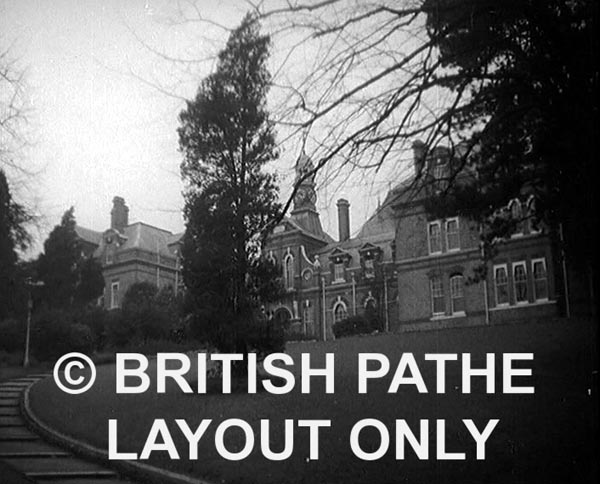 Although brief, the Pathe film featured a wide shot of the brooding Administration Block before a jubilant Mrs. Harriet Thornton was led out through the main gates and to freedom. MPs Doctor Johnston and Norman Dodds then interviewed Mrs. Thornton and determined that the confused lady still has no idea why she was certified and admitted to the asylum over four years previously. The film can be viewed here. 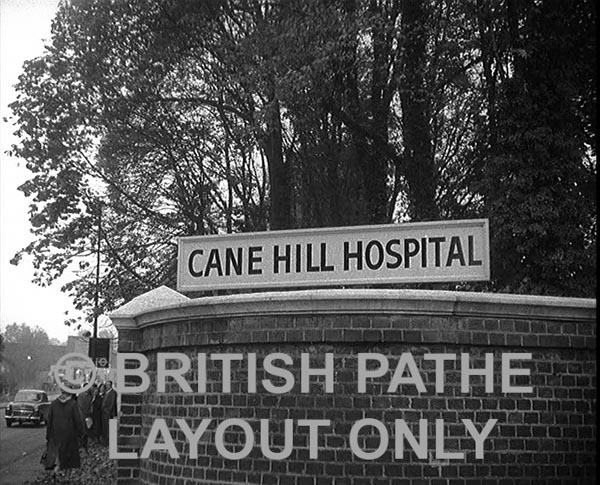
The imminent closure of Kingsway Hospital in Derby prompted Inside Out (Midlands) to put together a history of the institution which was first shown in April 2008. A local historian related the history of the institution and outlined the future of the buildings. Unfortunately despite being the star of the show, Kingsway was poorly represented, and contemporary interiors were filmed at St. Johns in Bracebridge Heath with archival footage from Cane Hill. The Cane Hill film was black and white and appeared to date from the 1950s. However, more of the archive appeared in Mental: A History Of The Madhouse two years later. Therefore the film is detailed there. First broadcast on the 17th May 2010, Mental: The History Of The Madhouse featured patients, doctors, psychologists and historians talking about the history of the asylum from the 1950s onwards. An extremely powerful programme, it combined people’s experiences of the asylums and the treatments undertaken with contemporary, dramatised and archive footage. The programme focussed on High Royds with additional recollections of a patient from Hellingly. However, several other asylums were featured in the archive footage, and scenes from Cane Hill were often shown. This came from the same source as used by the BBC’s Inside Out programme and appears to show exteriors and interiors of Cane Hill shot in the 1950s. 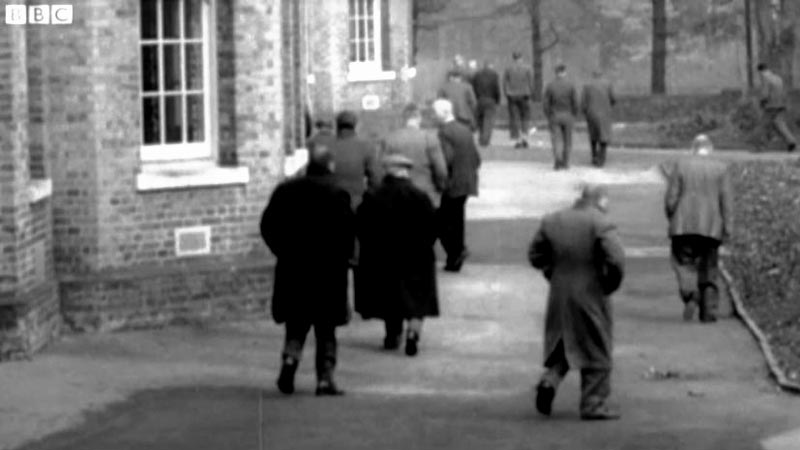
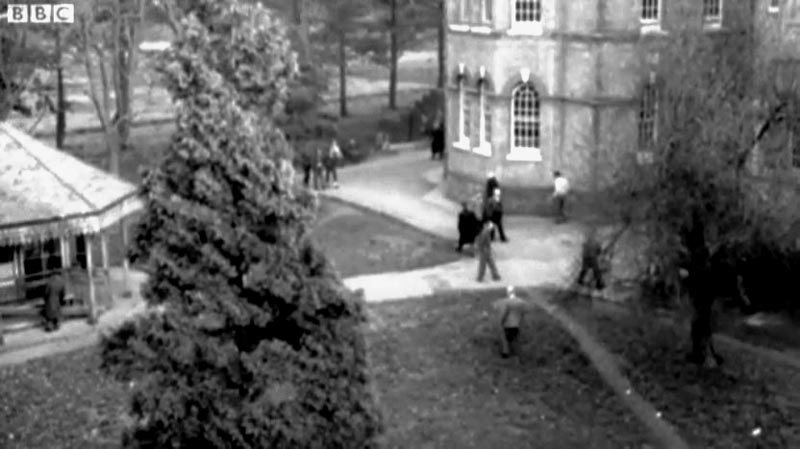
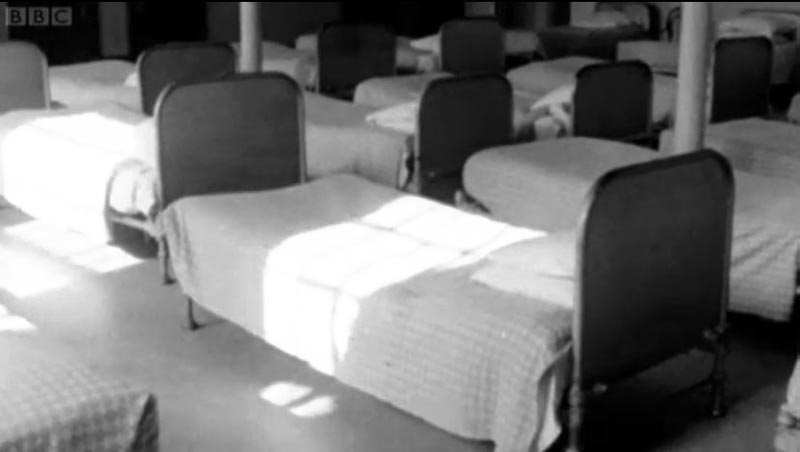
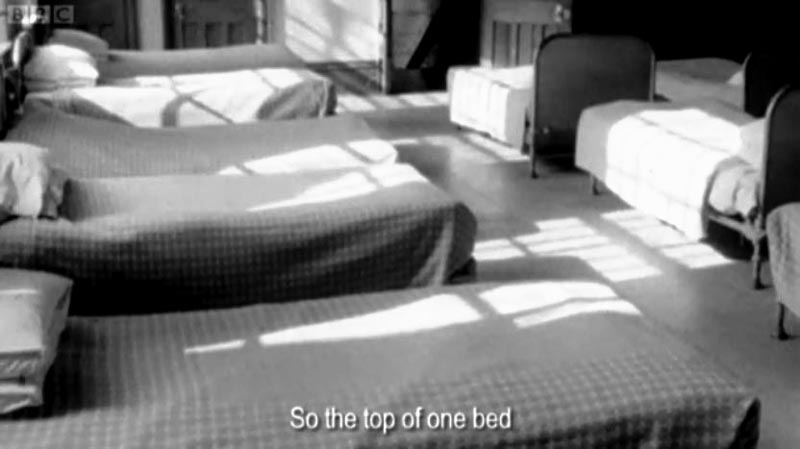
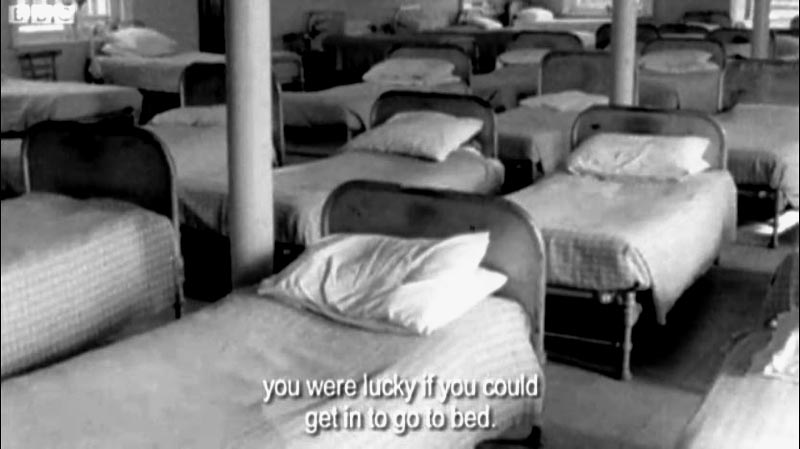

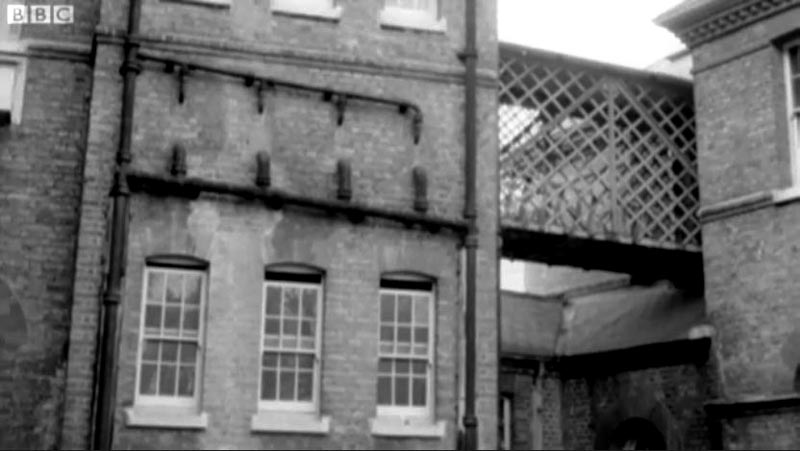
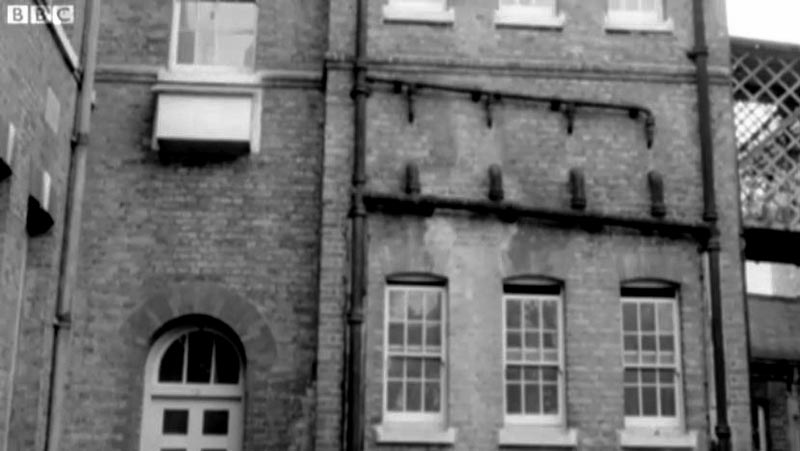
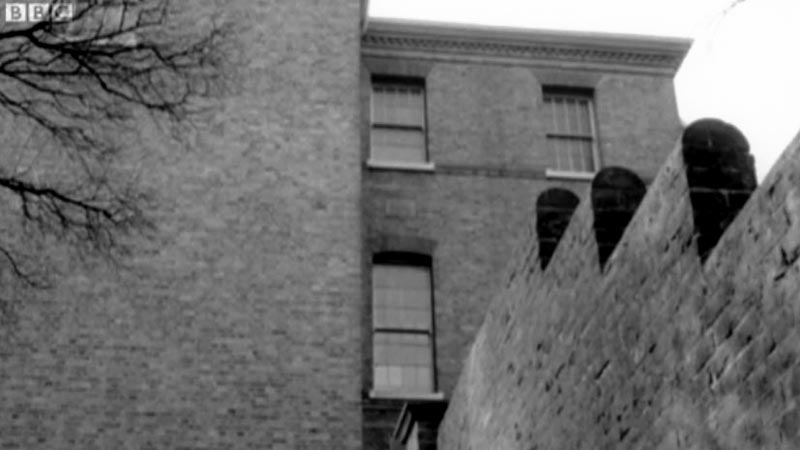
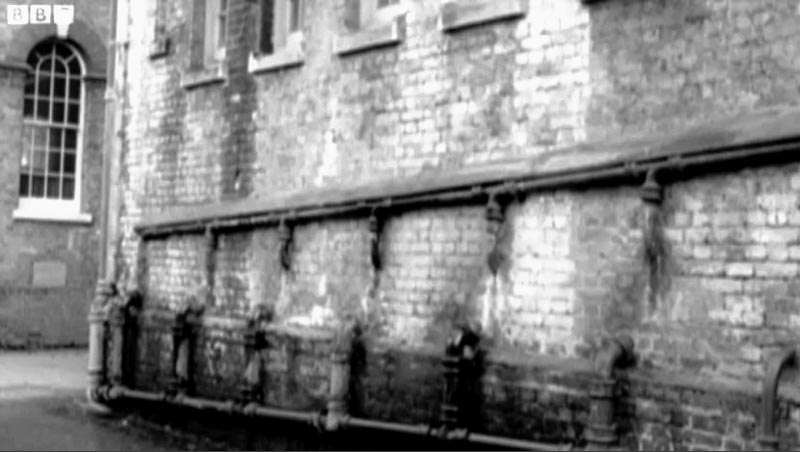
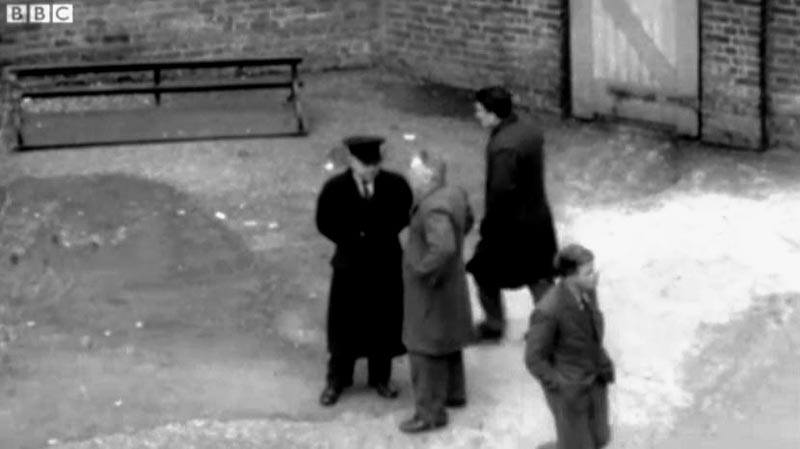
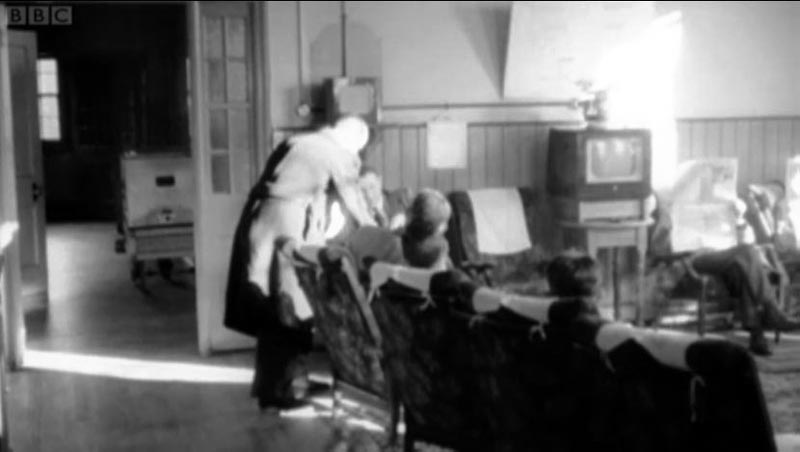
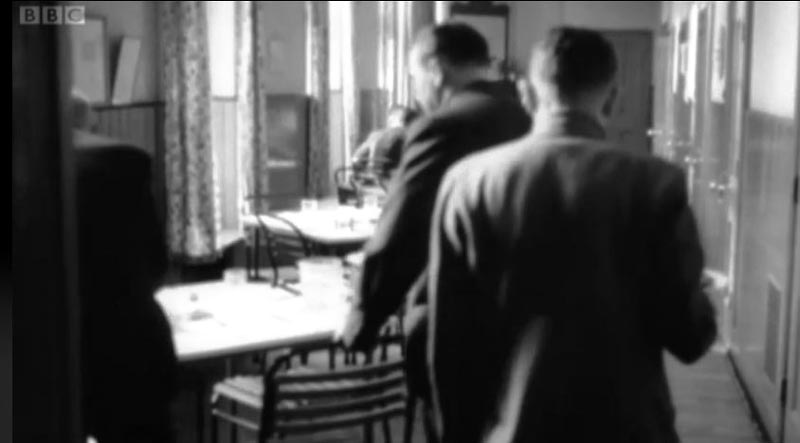
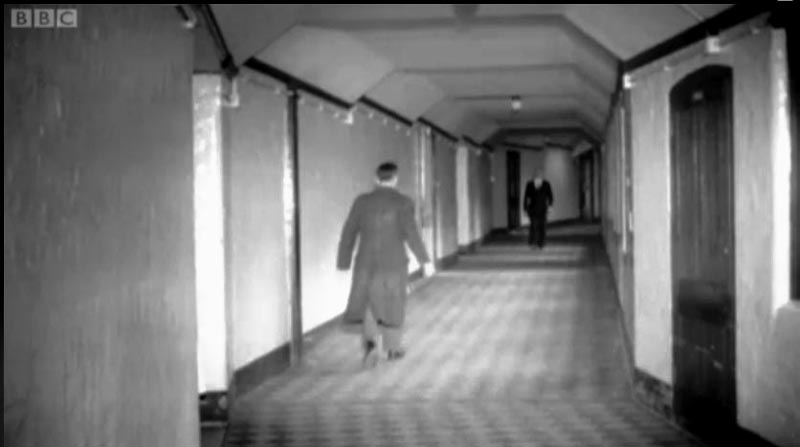
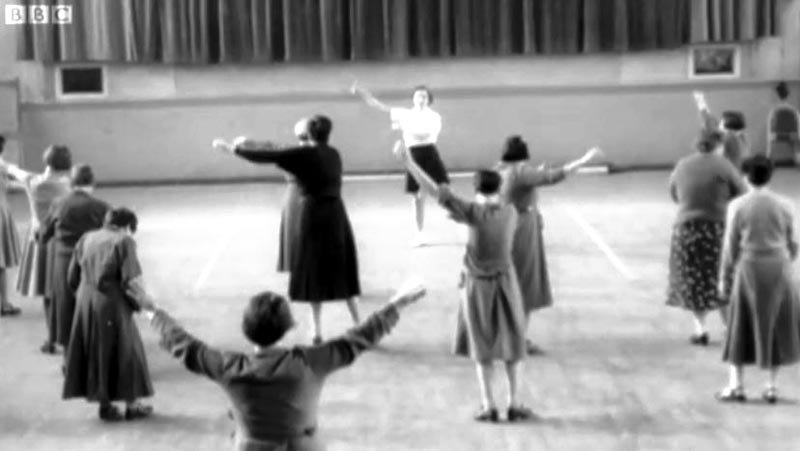
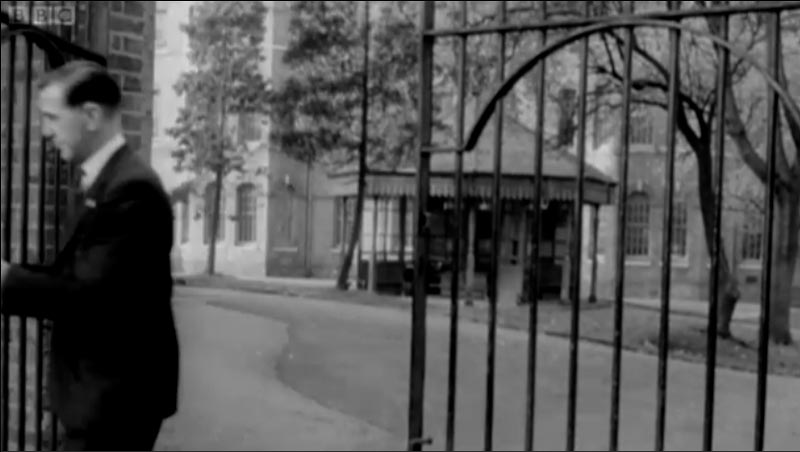
A unknown amateur cameraman shouldered his bulky 1990s vintage video camera and bravely sat on the bonnet of a car as it slowly drove up the main drive from the northern lodge. When the cameraman reached the Administration Block he was greeted by Ernie Townsend, the fire officer of the hospital. He then invited the cameraman into the sprawling complex and gave a guided tour of many of the building’s key areas. Shot four days before the hospital closed and the keys were handed over to the security company, this film is now in the archive of a documentary maker. I’ve yet to see it, nor has any part of it been publically published. It is a key piece of footage that fills the gap between the clean and austere hospital of the 1950s to the derelict ruin known to urban explorers. English Partnerships required a film of the dilapidated and dangerous interiors as a moving exhibit at their Cane Hill Exhibition of 2007. The intention was to shore up public belief in Cane Hill as a dangerous, ugly and rotten Victorian institution; thus motivating the public into accepting its wholesale demolition. (Although all of the four options offered for public opinion included the demolition of the majority of the buildings). Keith Boucher of Hipposcope Films had been attempting to gain permission to film the exteriors and interiors of the asylum for years. His seminal production company had been founded with the intention of making Cane Hill its first documentary showpiece. Despite collecting a huge amount of archival information and interviewing many patients and staff, he’d met with bureaucratic dithering and stonewalling when it came to actually filming the buildings. Now there was an opportunity for both parties to gain by a professional cameraman being given access to the former hospital. The resulting ten minute edit which was shown at the exhibition was equally a success and failure for both parties. Keith was limited in what he could shoot by endless nannying and handholding by English Partnerships; his plans of filming an exhaustive record of the buildings were scuppered. English Partnerships got their film of the rotten, dirty, destroyed interiors; along with exteriors scenes of mature, attractive Victorian buildings set in magnificent grounds on a glorious summer’s day. One wonders how many people at the exhibition suggested conversion as a possible fifth option. 



Simon Cornwell

|

